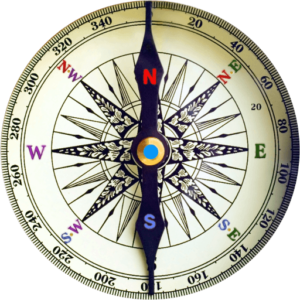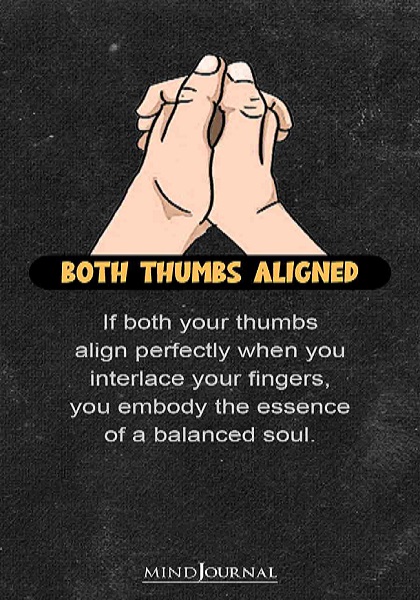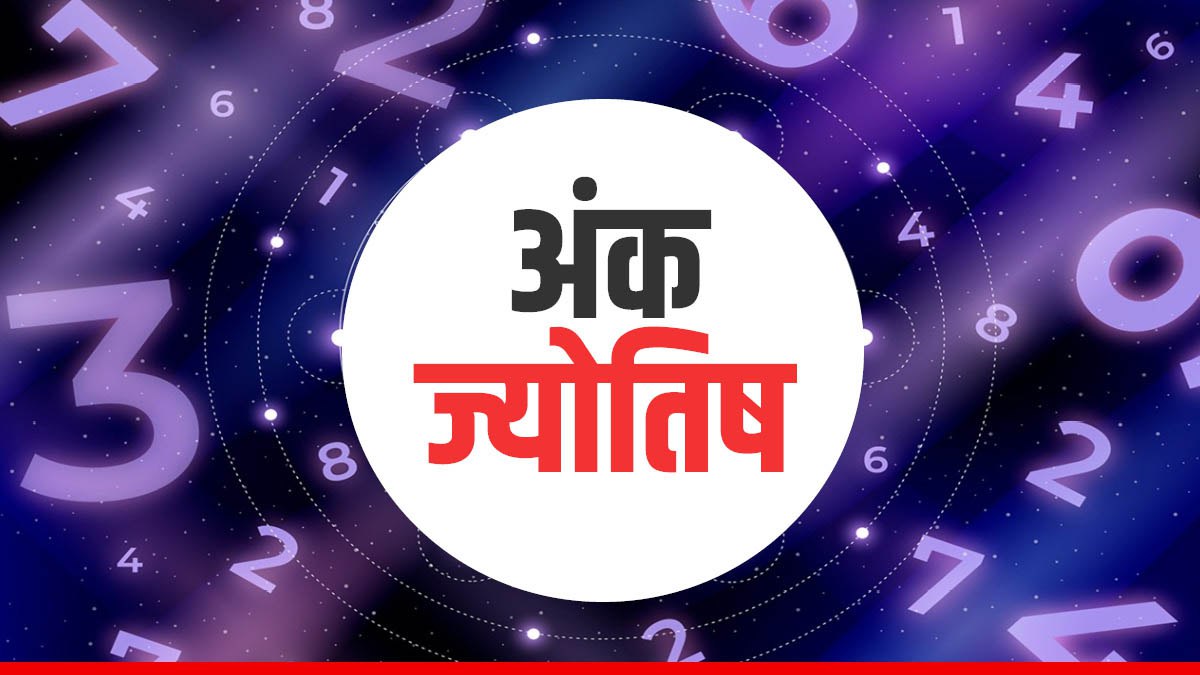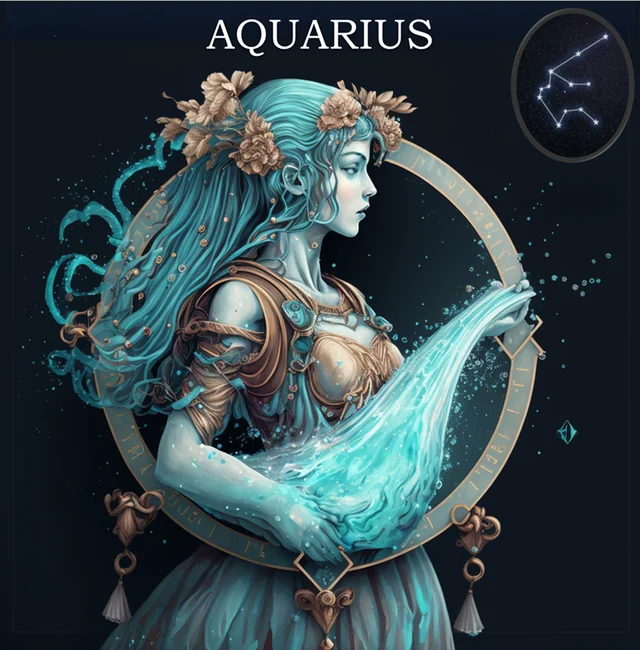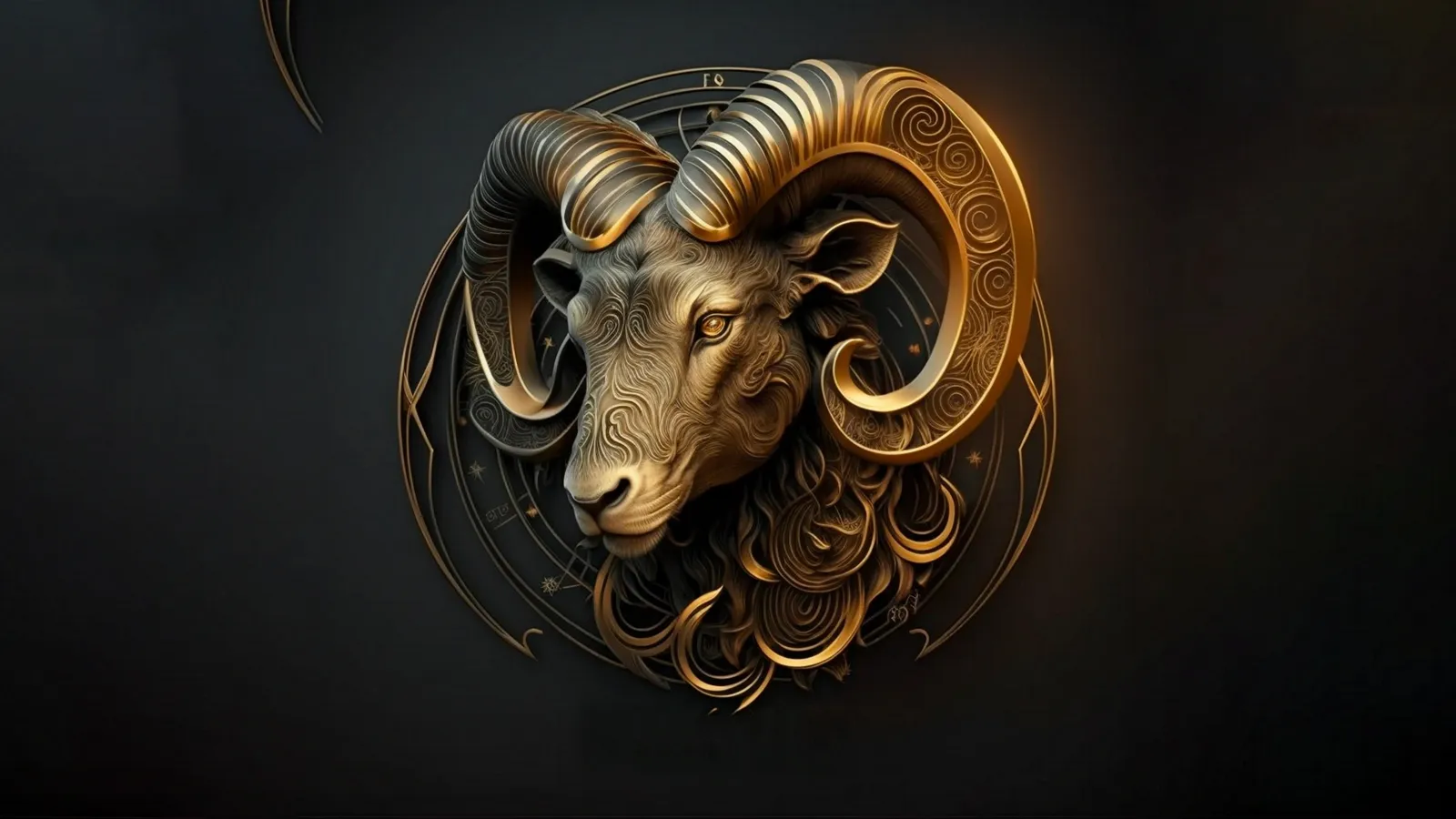August 2023
-
Vastu niyam
According to Vastu Shastra, the main gate or entrance of a building holds significant importance… Read More
-
Astrology Prediction
Astrology predictions often involve key words and concepts associated with celestial bodies, zodiac signs, houses,… Read More
-
Keep these things at your home entrance for Goodluck
Many cultures and belief systems around the world have various items that are traditionally kept… Read More
-
Left thumb on top past life
Palmistry, or chiromancy, is the practice of interpreting the lines and features of the hands,… Read More
-
Harnessing the Energy of the Full Moon in Pisces 🌕✨
“🌟 Harnessing the Energy of the Full Moon in Pisces 🌕✨ Get ready to dive… Read More
Most Read
Author Details

Bebisha Wagle
Members of Kanta Dab Dab, a band specialising in fusion of local Nepali and Western music elements, talk about their…
Advertisement




